Circuit Breakers

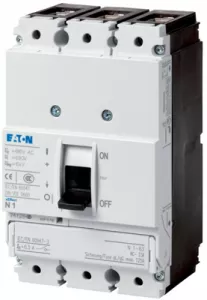
Order No.:
82P0410
Manufacturer SKU:
259143

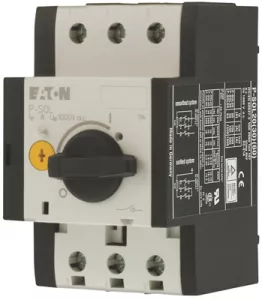
Order No.:
82P0411
Manufacturer SKU:
120934

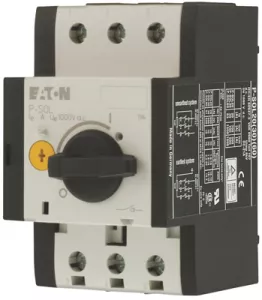
Order No.:
82P0412
Manufacturer SKU:
120935

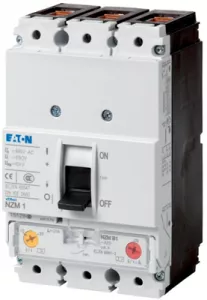
Order No.:
82P0423
Manufacturer SKU:
259077

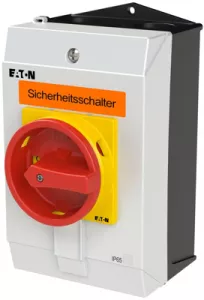
Order No.:
82P0868
Manufacturer SKU:
207310

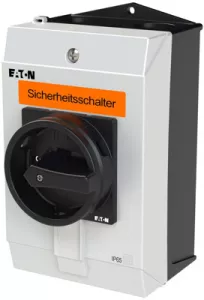
Order No.:
82P0869
Manufacturer SKU:
207311

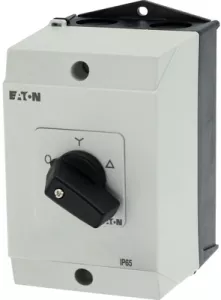
Order No.:
82P0873
Manufacturer SKU:
207195

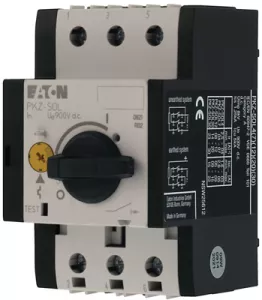
Order No.:
82P0885
Manufacturer SKU:
120938

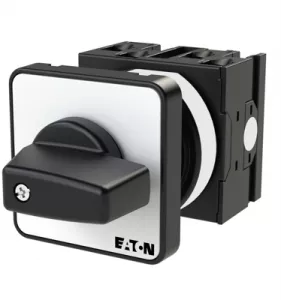
Order No.:
82P0887
Manufacturer SKU:
050716

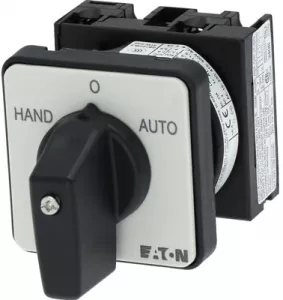
Order No.:
82P0989
Manufacturer SKU:
019872

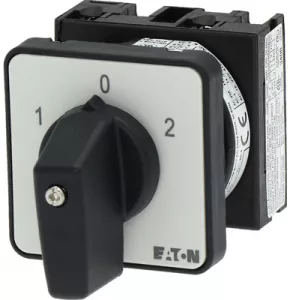
Order No.:
82P0990
Manufacturer SKU:
012742

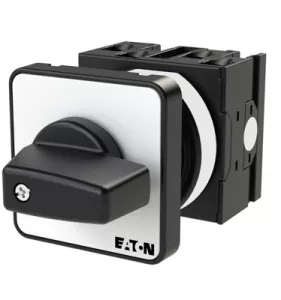
Order No.:
82P0991
Manufacturer SKU:
022234

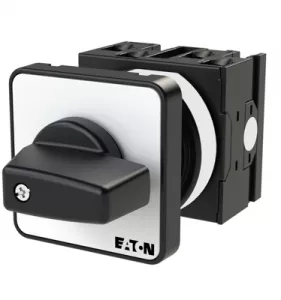
Order No.:
82P0992
Manufacturer SKU:
034110

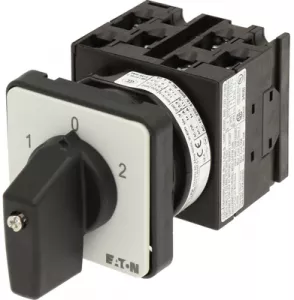
Order No.:
82P0993
Manufacturer SKU:
029353

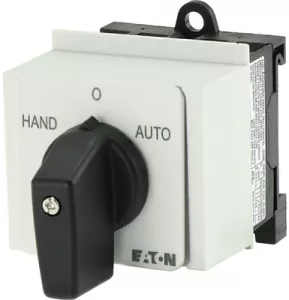
Order No.:
82P0994
Manufacturer SKU:
026991

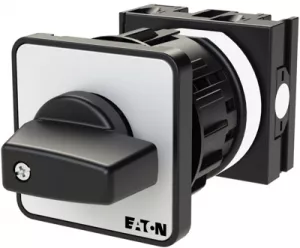
Order No.:
82P0996
Manufacturer SKU:
022245

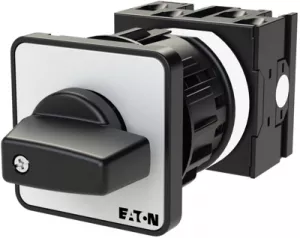
Order No.:
82P0997
Manufacturer SKU:
036483

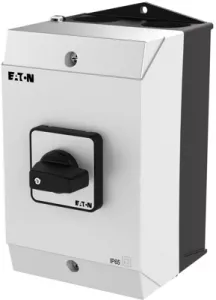
Order No.:
82P0998
Manufacturer SKU:
207183

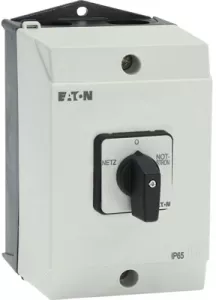
Order No.:
82P0999
Manufacturer SKU:
215224

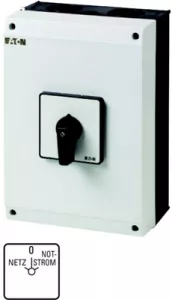
Order No.:
82P1000
Manufacturer SKU:
207214
Safety guaranteed: Functions and advantages of switch-disconnectors
Circuit breakers are used to protect electrical circuits by automatically switching off in the event of an overload or short circuit. They can be switched back on, eliminating the need for one-way fuses. Switch-disconnectors, on the other hand, specialize in safely isolating electrical circuits from the power supply.
Unlike circuit breakers, switch-disconnectors do not perform a protective function, but merely ensure safe isolation as well as prevention of accidental switch-on. Both electromechanical components are indispensable in electrical installations and in the energy sector, with circuit-breakers primarily ensuring the protection of installations, while switch-disconnectors are used for maintenance and repairs.